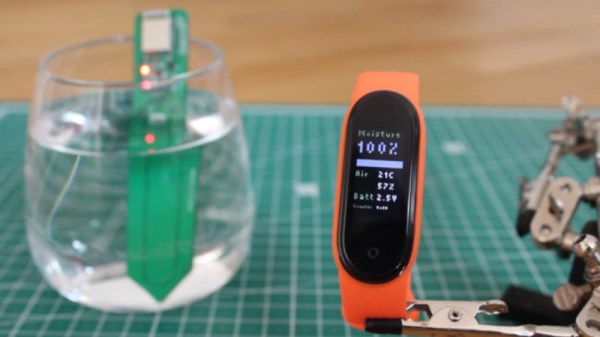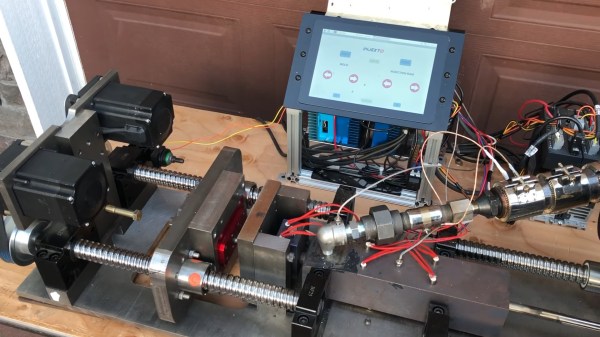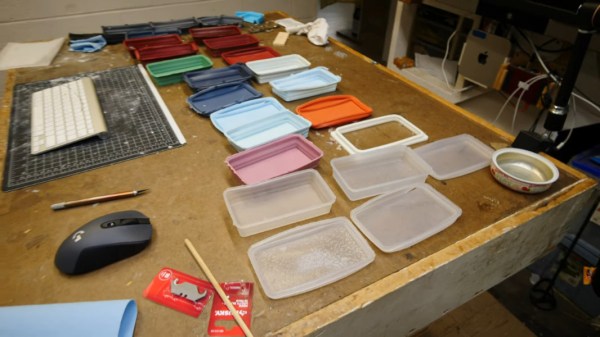Do you live in a small or yard-less space, but want to grow things anyway? You’re not totally out of luck — you’ll just have to get creative and probably vertical with your planting scheme. And since apartments and other smallish dwellings often have a limited amount of exposure, it would really help a lot if you could somehow rotate the plants so that they receive even sunlight.
[JT_Makes_It]’s rotating strawberry tower ticks all these boxes and more. The 12 V solar cell powers a small DC motor that spins at the gentle speed of 0.6 RPM. The tube is hanging from a swiveling carabiner that acts like a clutch — if a strong wind comes along or something bumps into it, the motor will continue to spin the carabiner.
[JT_Makes_It] already had a tube with holes, though they did cut several more into it. As built, this is not exactly apartment dweller-friendly, unless you have off-site access to things like plasma cutters and welding equipment. But as they point out, you could theoretically use PVC and a hole saw and make it shorter and therefore lighter. We think this looks great, although we’re a bit concerned about the weight. Not so much on the mechanism itself; that looks strong. We’re just wondering how long that carport frame will support it. Judge the build quality for yourself from the video after the break.
Did you know that strawberries can do tricks? Fasciation makes fanned-out berries, and vivipary makes them hairy.


















